neoplasia in cats oral
Brushing Your Cats Teeth. The overall estimated mean survival time was 712 days.

What Causes Oral Cancer In Cats And What Tests You Need To Know About Vlog 125 Youtube
A retrospective histological study was conducted on 371 neoplasms of the oral cavity in cats.
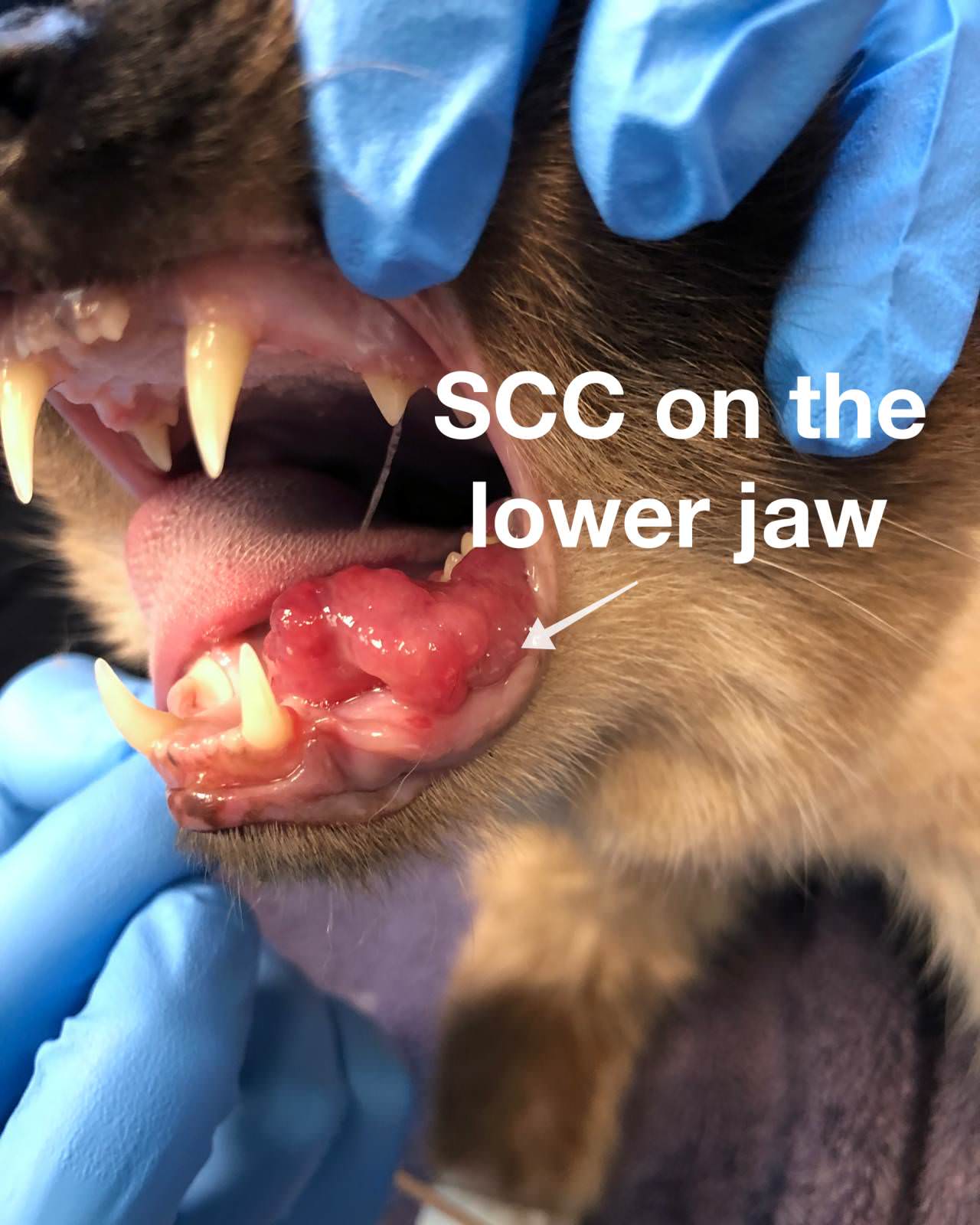
. A retrospective histological study was conducted on 37 1 neoplasms of the oral. Twenty different oral neoplasms were found. Canine oral neoplasia tumors occurs more frequently in males and commonly affected breeds include Cocker Spaniels Poodles Scottish Terriers Schnauzers Weimaraners Golden Retrievers and Boxers.
The most common oral cancer in the cat by far is squamous cell carcinoma. Survival times and prognostic factors. Tumors of the oral cavity can be classified as odontogenic tumors neoplasia arising from tooth-forming tissues non-odontogenic tumors or non-neoplastic lesions.
JAVMA 204 1 78-83 PubMed. Oral tumors come in many forms and your cats signs will depend on location of the tumor tumor type and tumor size. Squamous cell carcinoma SCC in cats -Most common oral malignancy in cats.
These tumors grow from the lining of the oral cavity including the gums tongue palate and tonsils. Oral neoplasia is reported to account for 67 of all canine cancers and 3 of all feline cancers The incidence of oral tumors has been reported to be 704 cases per 100000 dogs in the population In cats oral malignancies affect 454 cats per 100000 The most common oral malignancies in dogs are melanomas squamous cell carcinomas. Four cats with tonsillar scc and one cat with scc affecting the cheek were given a.
Oral proliferative lesions are relatively common in small animals but fortunately a lot of these lesions are benign. Radiographic patterns of periodontitis in cats. Signs may include bad breath halitosis drooling panting movement or loss of teeth lack of appetite or difficulty eating reluctance to be touched on the head facial swelling and swelling of the lymph nodes.
Locally aggressive with the potential for distant metastasis squamous cell carcinoma scc is the no. 49-11Affected cats had mucosal ulceration necrosis and severe suppurative inflammation. Tumors are locally invasive and can extend into the bones of the upper or lower jaw.
It is the most common oral cancer in cats. A Ten-Year Survey K. Oral squamous cell carcinoma is cancer of the lining of the oral cavity including the gingiva gums tongue palate and tonsils.
26121-128 1989 Feline Oral Neoplasia. Epidemiologic analysis of oral and pharyngeal cancer in dogs cats horses and cattle. Hammer A Getzy D Ogilvie G et al 2001 Salivary gland neoplasia in the dog and cat.
The rate of metastasis at the time of diagnosis is low. Galloway P E Kyles A Henderson J P 1997 Nasal polyps in a cat. The overall estimated mean survival time was 712 days.
Approximately 90 of oral tumors in the cat are malignant. The oral cavity is a common site for tumors in dogs and cats and oral cancer is the fourth most common malignancy observed in dogs and cats. Oral squamous cell carcinoma is a malignant tumor that may occur anywhere within the oral cavity is locally invasive infrequently metastasizes to ipsilateral regional lymph nodes and rarely spreads to distant sites12 The most common site of oral squamous cell carcinoma in cats is the sublingual region Figure 1.
Six cats had no recurrence with survival times of 156 465 608 and 1023 days and two cats were still alive at 316 and 461 days after surgery. Oral neoplasia accounted for 10 of feline neoplasms identified during the survey period. The oropharynx is the fourth most common site of malignant neoplasia in dogs and cats1 Oral malignancies are estimated to represent 54 of all malignant tumours in dogs2 Prognosis of oral malignancies is often poor partly because.
One cat died at 156 days due to aspiration of food material. Calicivirus has been associated with oral bleeding and ulceration. 65 Educational Articles Ideas Educational Articles Pets Pet Owners.
Dorn CR Priester WA. Langley-Hobbs in Feline Soft Tissue and General Surgery 2014 Neoplasia of the tonsil. Oral pain is usually apparent especially in cats with tumors that have penetrated the underlying bone.
Oral lesions in cats may be associated with chemical burns such as potpourri or incense feline stomatitis trauma foreign bodies neoplasia cancer or viral disease. J Am Vet Med Assoc. One cat died at 156 days due to aspiration of food material.
Six cats had no recurrence with survival times of 156 465 608 and 1023 days and two cats were still alive at 316 and 461 days after surgery. Dobson j m white r a s 1990 oral tumors in dogs and cats. Approximately 70 of oral tumors in cats are squamous cell carcinomas.
Vet Clin Pathol 34 1 61-64 PubMed. The three longterm survivors died of causes unrelated to oral neoplasia. A typically alert and energetic cat that gradually or suddenly refuses to eat the food that you set out for it each day may be harboring severe discomfort somewhere within its oral cavitythe chamber leading from its lips to its throat.
An oronasal fistula is an oral lesion with a communication between the oral cavity and the respiratory track. Oral masses in cats may be caused by inflammation infection or even trauma. Eighty-nine percent of the oral neoplasms were malignant.
Mazzullo G Sfacteria A Ianelli N et al 2005 Carcinoma of the submandibular salivary glands with multiple metastases in a cat. The three long-term survivors died of causes unrelated to oral neoplasia. Stebbins KE Morse CC Goldschmidt MH.
5 Tonsillar SCCs have a high rate of metastasis to regional lymph nodes and distal organs and therefore a very. Théon A P Peaston A E Madewell B R et al 1994 Irradiation of nonlymphoproliferative neoplasms of the nasal cavity and paranasal sinuses in 16 cats. SCC was the commonest tonsilar tumor in a review of oral neoplasia in cats 5 Fig.
Oral pathology of dogs and cats neoplasia Melissa D. JSAP 38 2 78-80 PubMed. J Am Anim Hosp Assoc 37 5 478-482 PubMed.
The oral cavity is a common site of malignant neoplasia in both the dog and the cat. However staging is recommended to. Common presenting signs for cats with oral neoplasia include.
GOLDSCHMIDT Department of Pathobiology Laboratory of Pathology University of Pennsylvania School of Veterinary Medicine 3 800 Spruce Street Philadelphia PA Abstract.

Feline Squamous Cell Carcinoma Scc Animal Dental Specialist

Squamous Cell Carninoma Cat Mandibulectomy Squamous Cell Squamous Squamous Cell Carcinoma
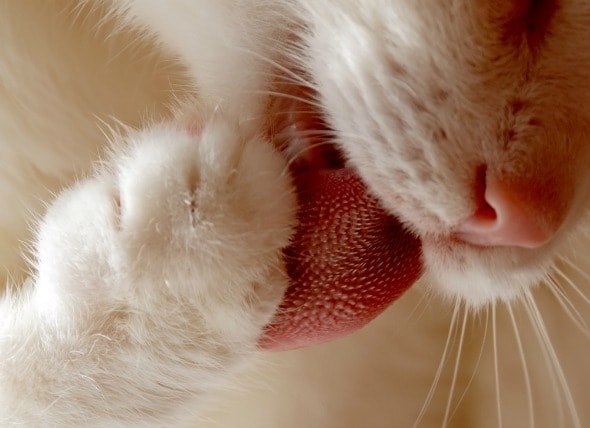
Tongue Cancer Squamous Cell Carcinoma In Cats Petmd

Diagnosis And Treatment Of A Feline Oral Mast Cell Tumor Sciencedirect

Mouth Cancer Gingiva Squamous Cell Carcinoma In Cats Petmd

Cat Vomiting Types Causes And Treatments And A Look At Common Cancers Mccleary Animal Hospital

Cat 8 Squamous Cell Carcinoma With Infiltrative Growth Into Nasal And Download Scientific Diagram
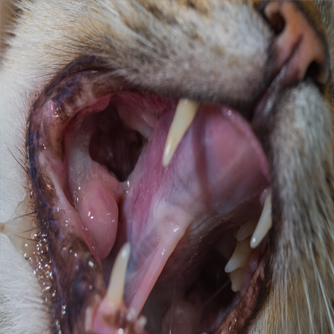
Pet Oral Tumors At Punta Gorda Animal Hospital
What Is Our Current Progress On The Fight Against Oral Squamous Cell Carcinoma R Askvet

Chai The Little Kitten I Fostered For The Spca Little Kittens Fur Babies Kittens
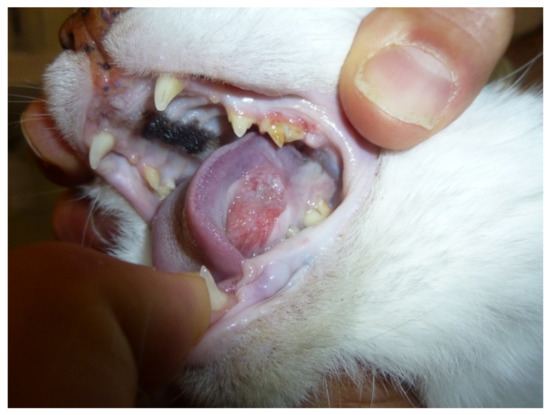
Biology Free Full Text Companion Animal Model In Translational Oncology Feline Oral Squamous Cell Carcinoma And Canine Oral Melanoma

Vet Advice 9 Surprising Reasons Your Cat S Lip Is Swollen Nphq Veterinarian
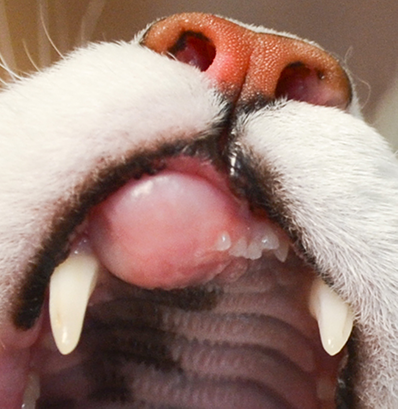
Oral Tumors In Cats An Overview Vca Animal Hospitals
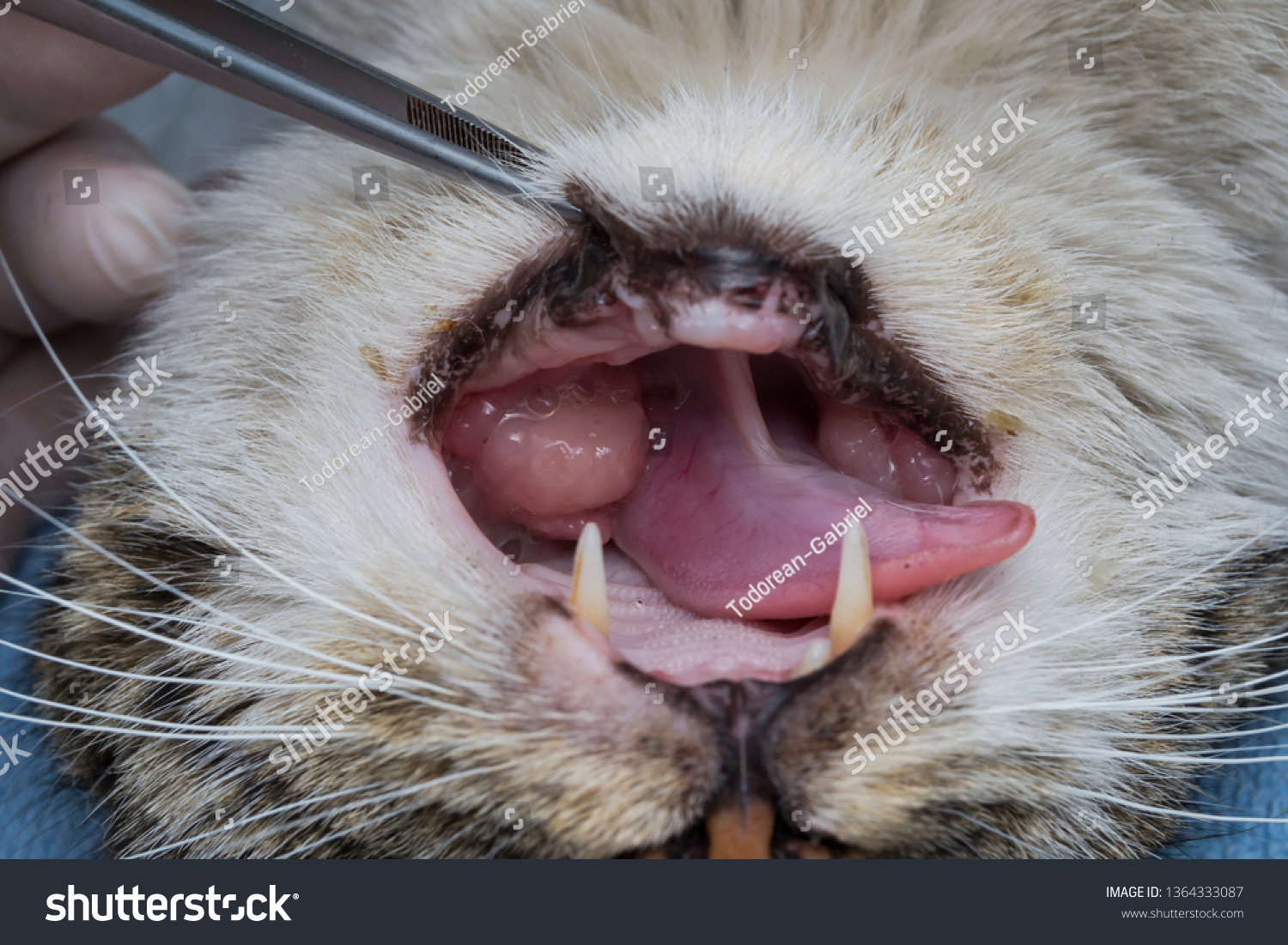
Eosinophilic Granuloma Mouth Cat Cat Oral Stock Photo Edit Now 1364333087

Eosinophilic Skin Diseases In Cats Integumentary System Merck Veterinary Manual
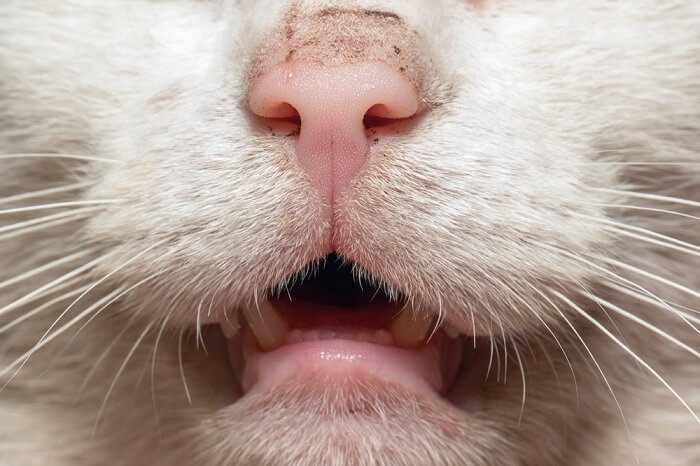
Mouth Cancer In Cats Causes Symptoms Treatment All About Cats
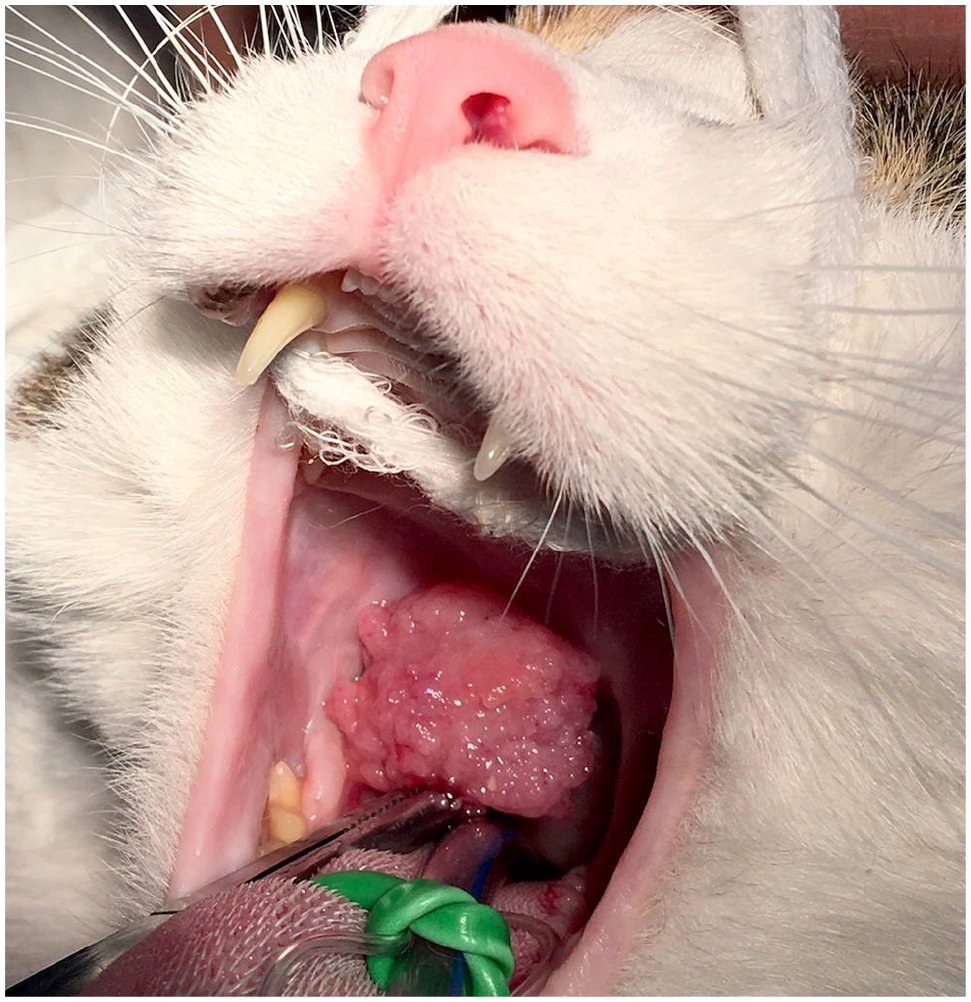
Long Term Survival In A Cat With Tonsillar Squamous Cell Carcinoma Treated With Surgery And Chemotherapy

